Bring café-quality espresso home with a professional-grade espresso machine. Discover how to choose the perfect...
Espresso Machine Maintenance: Keeping Your Investment Running Smoothly
An espresso machine is more than a coffee maker—it’s an investment in quality, consistency, and the joy of brewing café-style drinks at home or work. Like any high-performance tool, it needs regular care to perform at its best. Without maintenance, you risk bitter flavors, slow extractions, clogs, and costly repairs. With a routine in place, your espresso equipment will reward you with years of reliable service and better coffee.
This guide breaks down everything you need to know—from daily cleaning to scheduled servicing—so you can keep your setup in excellent shape.
Why Maintenance Matters
- Coffee quality: Oils, coffee grounds, and milk residue quickly degrade taste if left uncleaned.
- Longevity: Small parts like gaskets and O-rings wear out but prevent larger breakdowns.
- Reliability: Consistent care reduces the risk of a failure mid-morning rush.
- Cost savings: Preventive maintenance is far cheaper than major repairs or replacements.
Daily Maintenance Routine
- Purge and flush group head: After every shot, run hot water to remove coffee residue.
- Clean portafilter and basket: Rinse and brush to clear oils and fines.
- Wipe and purge steam wand: Milk residue hardens fast—wipe immediately and blast steam.
- Empty drip tray and tank: Prevent mold, stale odors, and bacteria.
- Wipe exterior surfaces: Keep the machine looking fresh and professional.
These simple habits take minutes but greatly extend your machine’s lifespan.
Weekly and Bi-Weekly Deep Cleaning
- Backflush with detergent: If supported, use a blind filter and espresso cleaner to clear internal oils.
- Soak parts: Soak portafilters, baskets, and screens in cleaner; rinse thoroughly.
- Clean grinder: Use brushes or cleaning pellets to remove oils and fines.
- Check water quality: Prefer filtered/softened water to minimize scale.
Bi-Annual and Annual Maintenance
- Replace gaskets and seals: Heat and pressure wear these; fresh seals prevent leaks.
- Descale the machine: Mineral scale reduces efficiency; use manufacturer-approved descalers.
- Professional servicing: Heavy-use machines benefit from yearly checkups of pump, valves, and internals.
Best Practices for Long-Term Care
- Use filtered water: Aim for ~35–85 ppm hardness to limit scaling.
- Avoid vinegar unless approved: It can damage components or taint flavor.
- Log your cleaning schedule: Tracking ensures nothing gets missed.
- Stock proper supplies: Keep detergents, descalers, and spare parts on hand.
Common Problems and Quick Fixes
- Weak extraction: Often scale or a clogged group; descale and backflush.
- Bitter/burnt taste: Old oils; detergent backflush and soak parts.
- Low steam pressure: Blocked wand or scaled boiler; clean and descale.
- Leaks at group head: Worn gasket; replace to restore pressure.
- Inconsistent shots: Dirty/dull grinder burrs; clean or replace burrs.
Conclusion
Your espresso machine is the heart of your coffee ritual. With consistent care—from quick daily habits to deep cleans—you’ll protect your investment and enjoy better coffee while avoiding costly breakdowns. At Espresso Coffee Shop USA, we offer premium gear and guidance to help you maintain it for long-term satisfaction.
Frequently Asked Questions (FAQs)
Q1. How often should I descale?
Every 2–3 months with hard water; 4–6 months with filtered water.
Q2. Can I use vinegar to descale?
Not recommended unless the manufacturer explicitly allows it.
Q3. When does a gasket need replacing?
Leaks around the portafilter or reduced pressure indicate a worn gasket.
Q4. Do all machines support backflushing?
No—avoid it on machines without a three-way solenoid valve.
Q5. Most important daily task?
Purge the steam wand and flush the group head to prevent buildup and protect flavor.











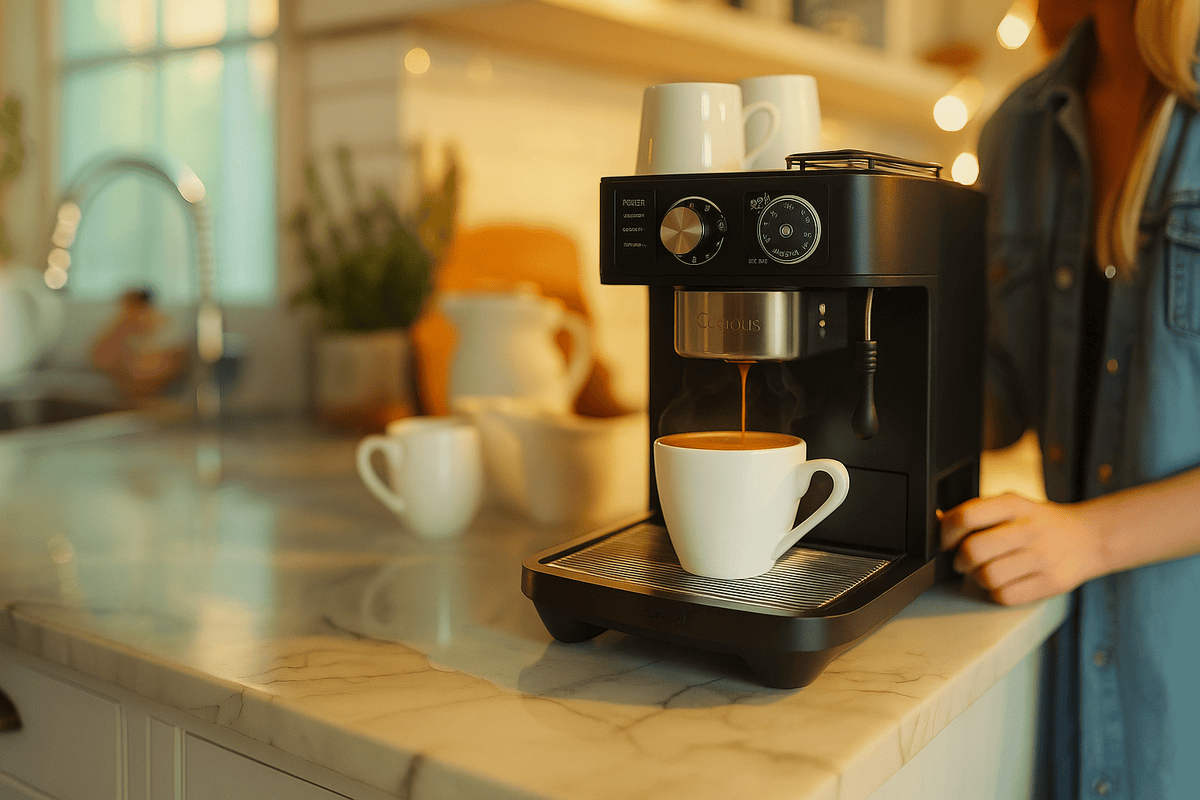

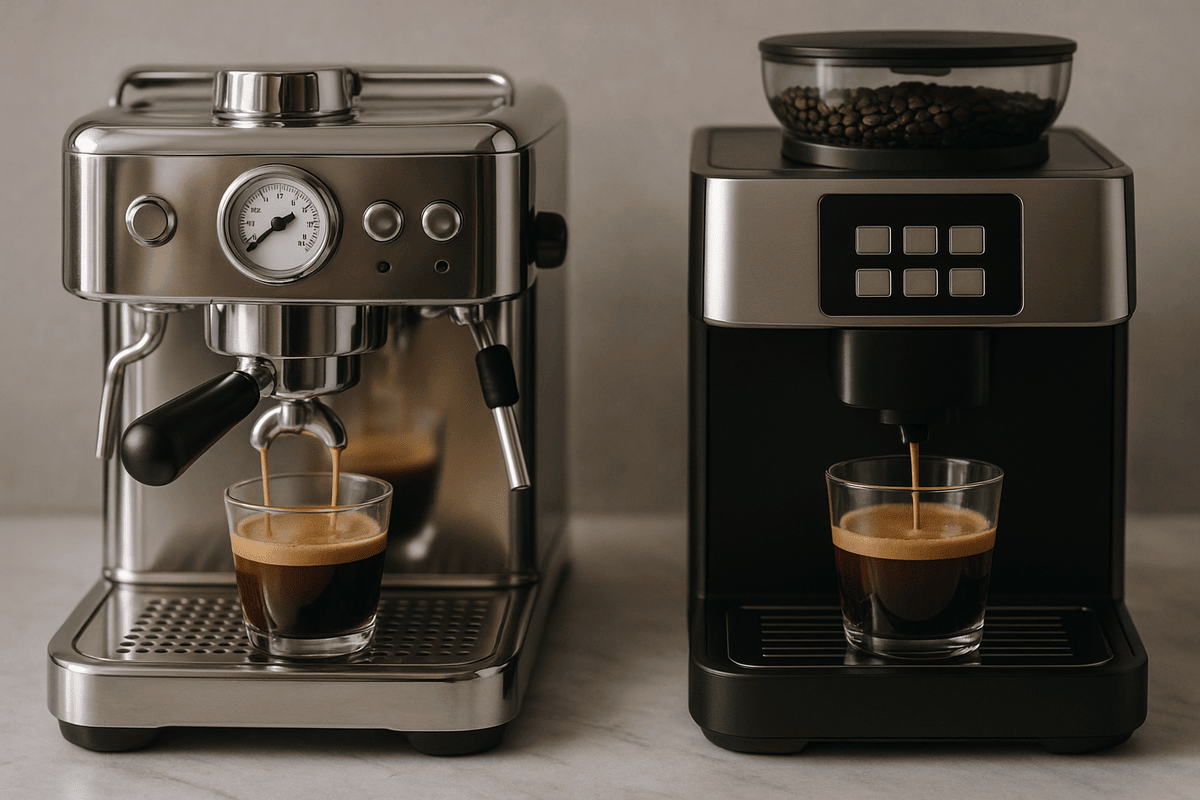



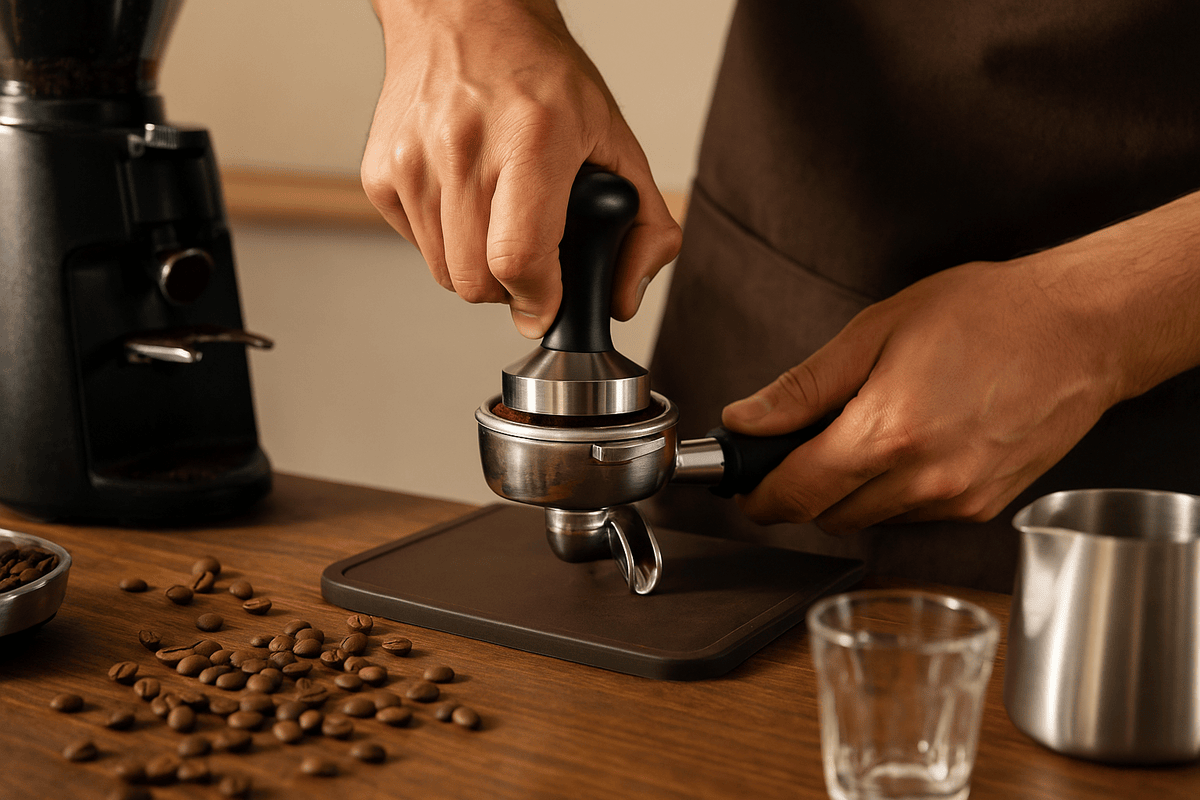

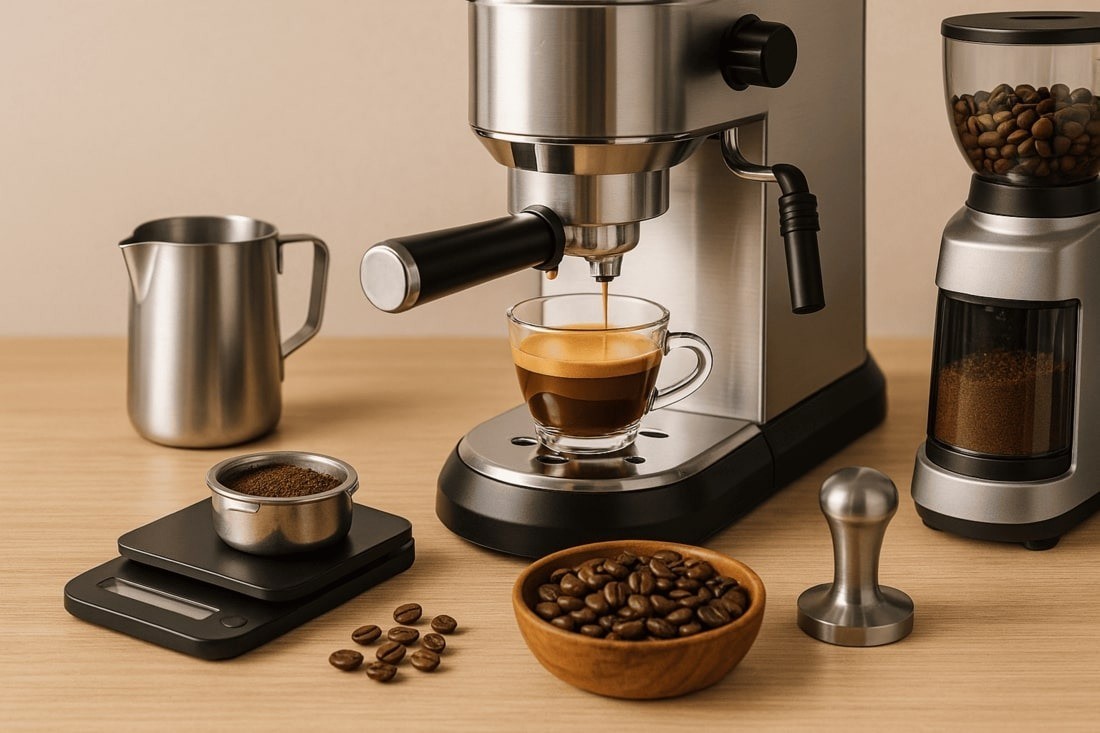
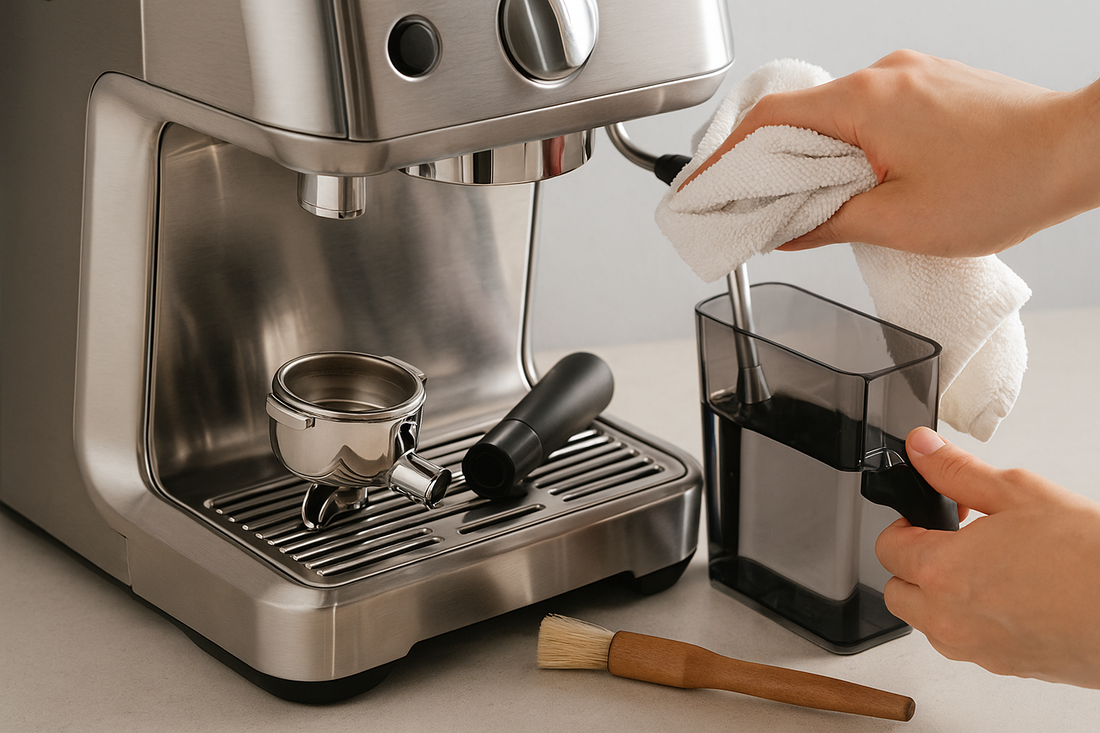
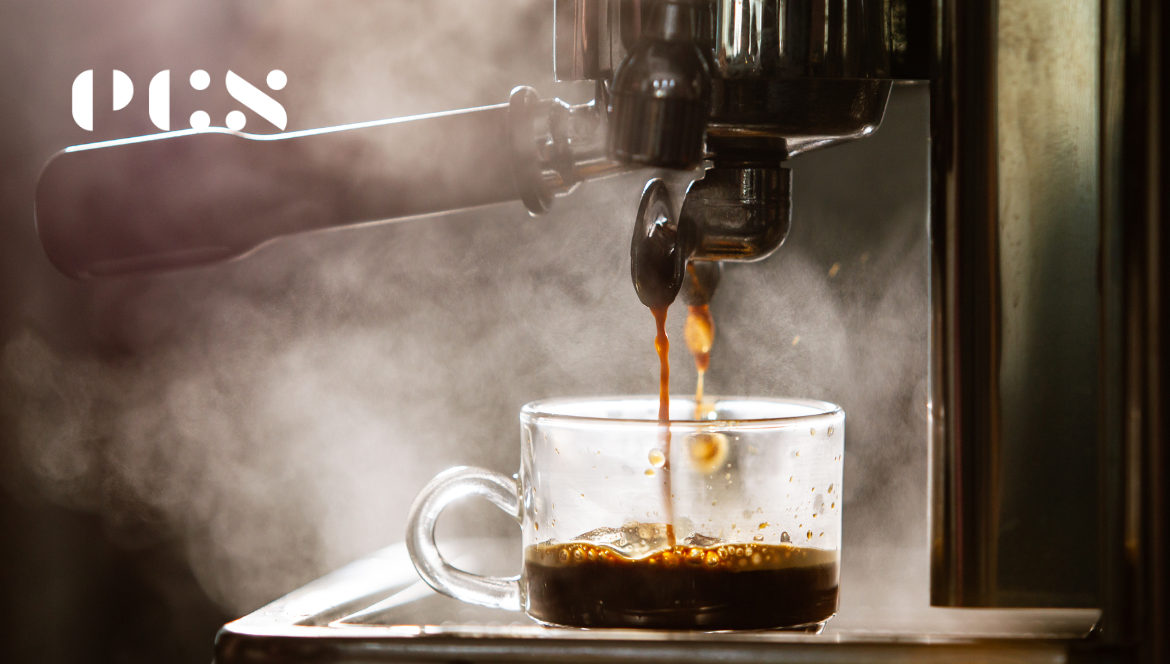
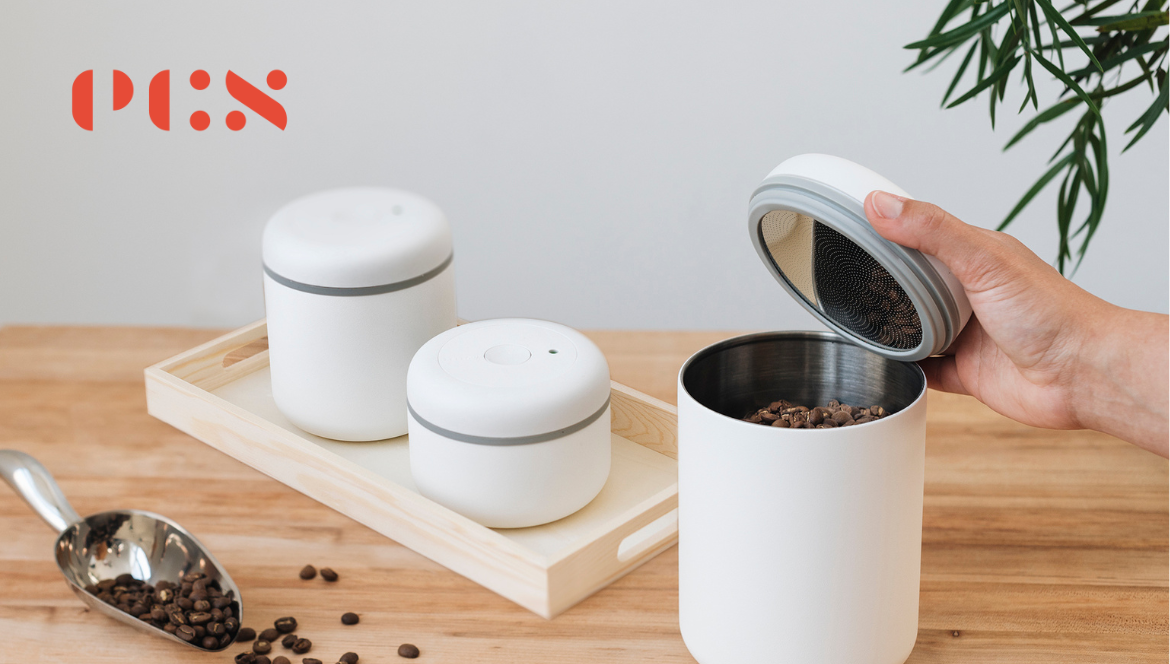
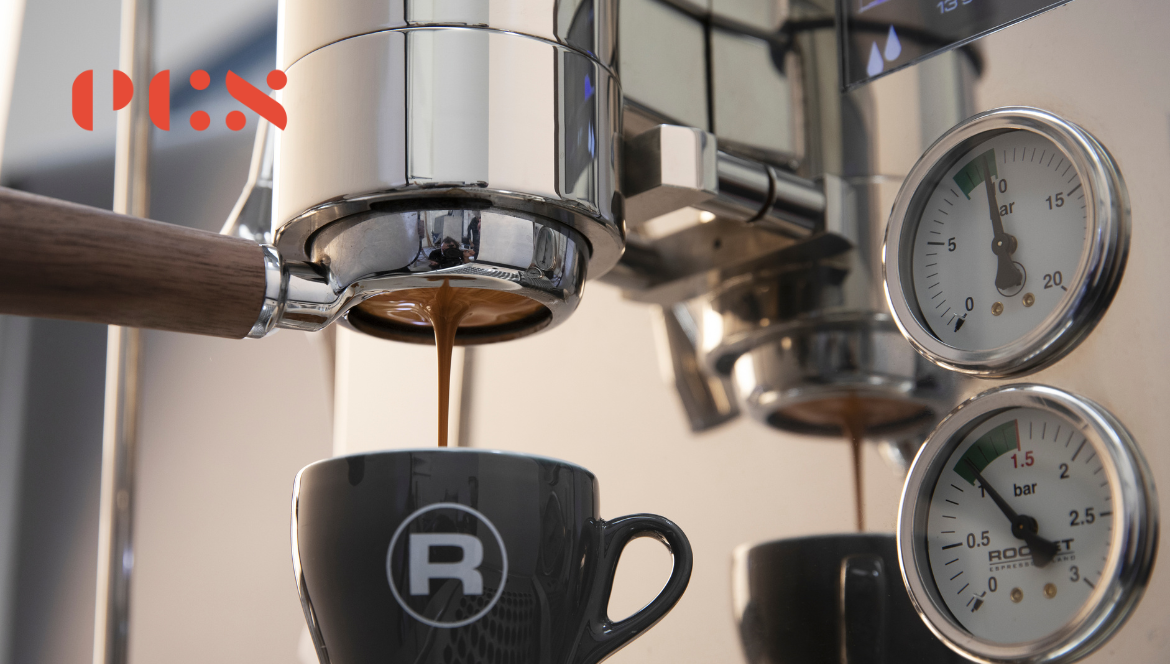
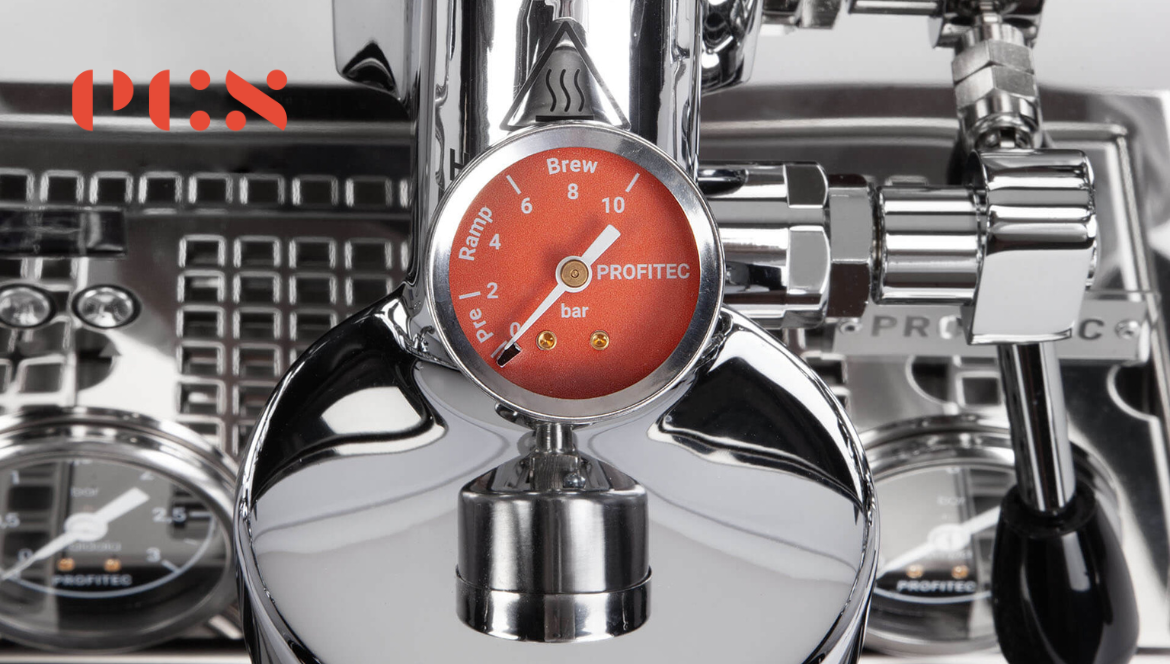

Leave a comment